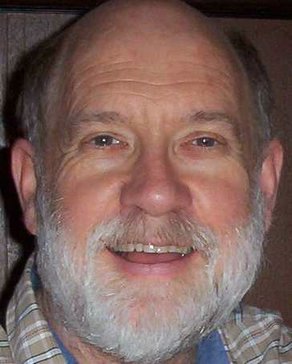Here is an example, which I'm posting here so that I can perhaps find it again when I've forgotten the answer.
I notice in looking at Haydn and Scarlatti sonatas that sometimes the key signature is written differently from the way we write them now. In both instances there was a flat left off, so it can't have been copied by Lefty Sharpoff, I suppose...
The current example is Scarlatti Sonata in F minor, which has a key signature of 3, not 4 flats. [Was he only evicted from 2 flats while writing?] I notice that there are a lot of D naturals in the melody and wonder if this is the reason, but it is clearly in F minor. [K 466, L118, if you are interested.]
I'm interested to know why it was left off, and also when we began writing them as we do, if anyone knows, please.
Very soon after posting my question, I received this informative reply:
It wasn't exactly "left off." In fact it was a carryover from 16th century theory into baroque theory. In renaissance theory a flat in the key signature was an indication that the mode of the piece was transposed up a 4th. (And these were still the medieval church modes, which were still taught by theorists even though composers were gradually working their way toward major/minor tonality.)
Thus the Dorian mode, with its final on D, was a minor mode (using a minor third above the final), that had no key signature. One flat indicated Dorian once-transposed, with its final on G. Two flats indicated Dorian twice-transposed, with its final on C.
Thus G minor in the 17th and early 18th centuries was still indicated by one flat, with accidentals used in the body of the piece for Eb, and the same for C minor, in 2 flats, with accidentals used for Ab. (And of course not all the Ebs or Abs were, in fact, lowered, since the melodic minor scale used a raised 6th and 7th degree in rising passages.)
So it was a simple carryover from earlier practice which, obviously, still made sense to people. As to when the modern convention was adopted (which of course still requires accidentals for the raised 6th and 7th degrees), I don't really know, but I'd bet someone who has studied a lot of late 18th and early 19th century music will have an idea.

